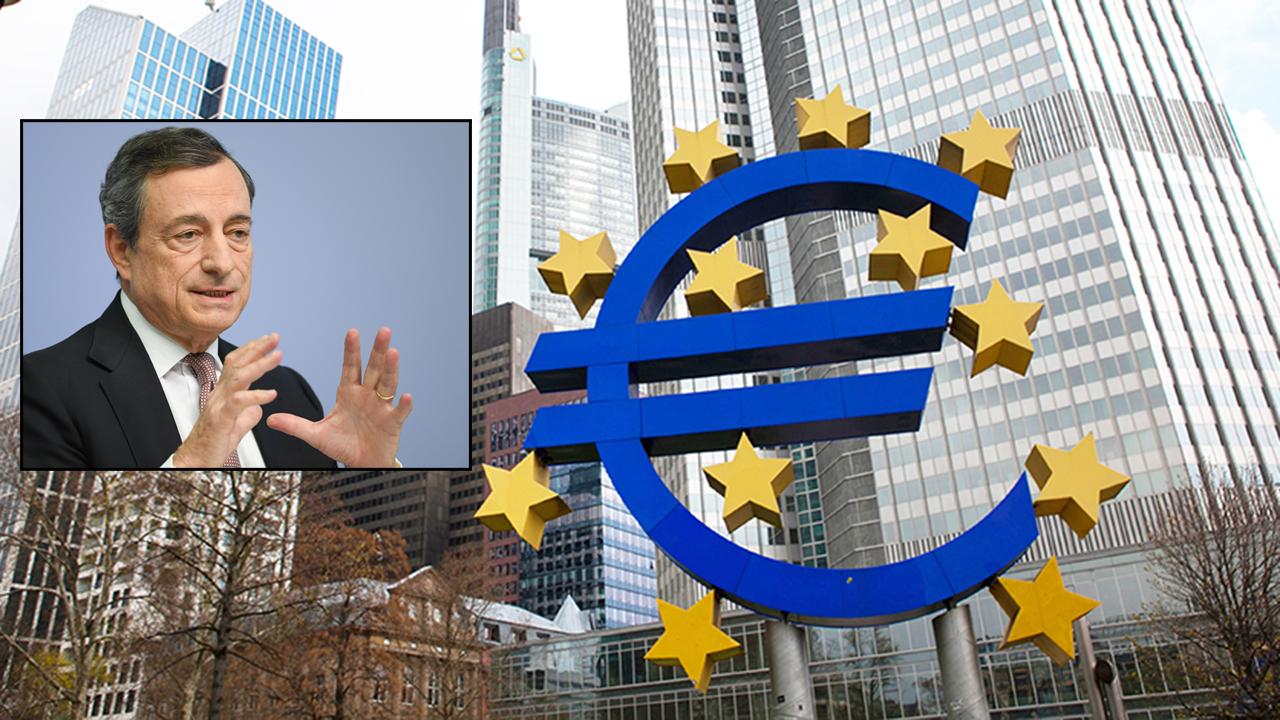What are negative interest rates and why does Trump want them?
During one of its most important meetings in recent history, the European Central Bank, on Thursday, announced a sweeping round of stimulus to boost the European Union’s stuttering economy, cutting interest rates to their lowest level ever.
The ECB said it cut rates by 10 basis points to -0.5 percent, from -0.4 percent, drawing ire from President Trump, who had urged the Federal Reserve in a tweet earlier this week to follow suit and drop interest rates to zero -- or possibly even below zero.
"The Federal Reserve should get our interest rates down to ZERO, or less, and we should then start to refinance our debt," Trump tweeted on Wednesday. "INTEREST COST COULD BE BROUGHT WAY DOWN, while at the same time substantially lengthening the term."
Doing so, he said, would be possible because of the country’s “great currency, power, and balance sheet.”
He repeated his complaint again on Thursday, saying that while the ECB acted quickly to protect its economy from uncertainties surrounding the U.S.-China trade war and Brexit, the Fed “sits, and sits, and sits. They get paid to borrow money, while we are paying interest!”
The U.S. central bank lowered the benchmark federal funds rate in July for the first time in nearly a decade, citing “global developments in the economic outlook as well as muted inflation pressures." At the time, Fed officials did not say whether they anticipated additional cuts, but warned it was not the beginning of an aggressive rate-cutting series.
Since then, however, global economic conditions have significantly weakened: Manufacturing contracted in the U.S. for the first time in three years; the spread between two-year and 10-year Treasury yields inverted, a common harbinger of an impending recession; and employment data in the U.S. suggested the labor market is softening, all amid heightened trade tensions between the U.S. and China.
And this week, JPMorgan and Chase CEO Jamie Dimon said the nation’s biggest bank is preparing for the possibility of rates falling to zero.
"I don't think we'll have zero rates in the U.S. but we're thinking how to be prepared for it as a normal course of risk management," he said during a Q&A at Barclays Global Financial Services Conference on Tuesday.
Although Wall Street widely expects the Federal Open Market Committee to make another quarter-point cut during its meeting next week, borrowing costs will almost certainly remain well above zero (currently, the range is set between 2 percent and 2.25 percent) in the short term.
But a recession could prompt the Fed to eventually send rates -- which have remained historically low in the aftermath of the 2007 recession -- into negative territory as they gradually trim over the next few years.
Normally, banks pay depositors an interest rate for storing their money with the bank. But when interest rates turn negative, the reverse happens: Depositors, like the Fed, need to pay banks to store their money instead of getting paid. Negative interest rates have historically been used as a drastic means of spurring growth in times of economic downturn.
For borrowers, though, negative interest rates can be a good thing, because it would likely mean a very low monthly interest cost for home and car buyers. Even a slightly lower rate for both can mean thousands of dollars in savings for consumers. Of course, because negative interest rates generally take place during recessions, they’re not always effective in increasing spending, because fewer people are willing to take out loans.
CLICK HERE TO READ MORE ON FOX BUSINESS
And for retirees and other Americans who depend on accrued interest rates from their savings, it’s bad news. That’s because some banks and credit unions will increase their savings rate during Fed hikes, making it a good chance for consumers – particularly retirees living off of their savings – to earn more.




















